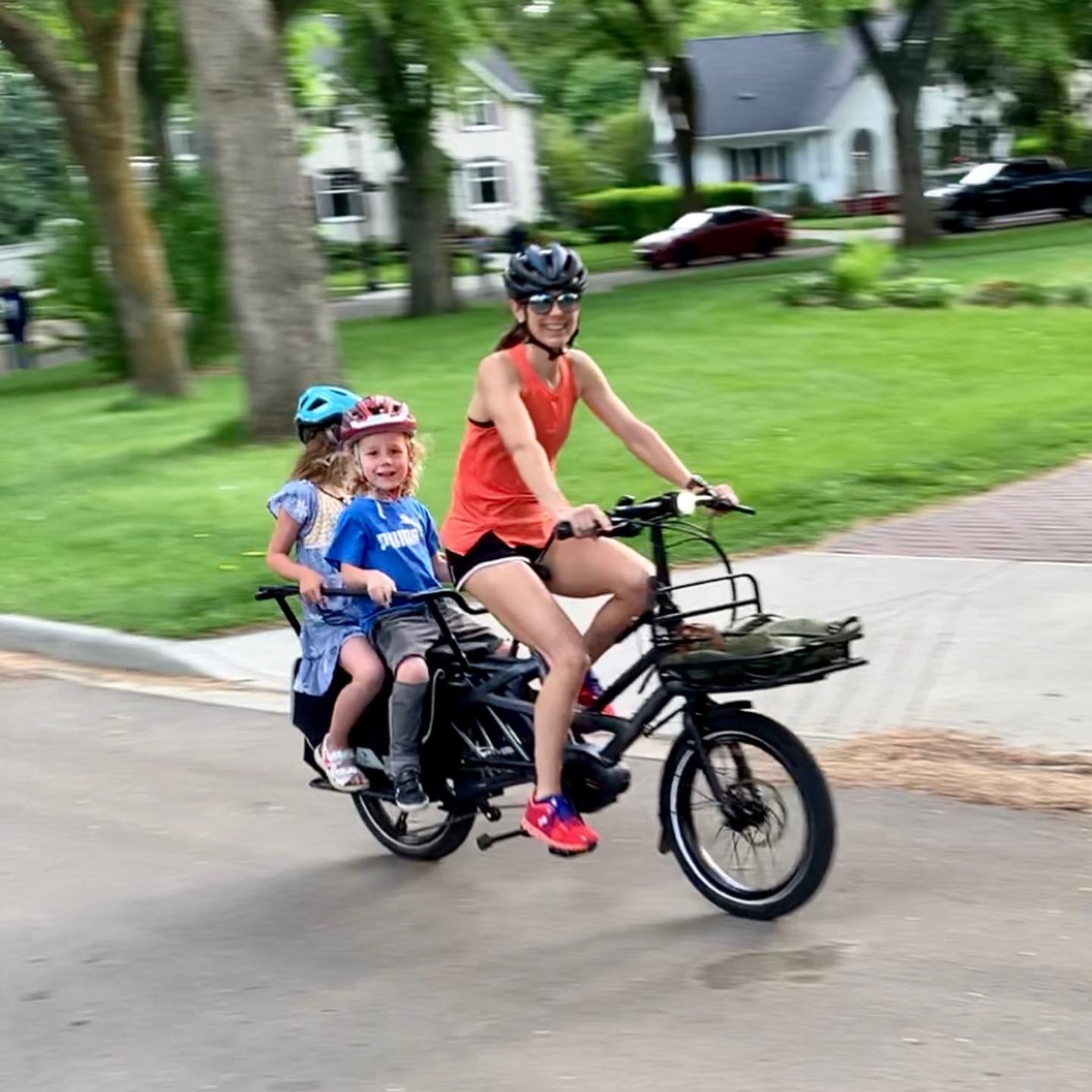Walking or Wheeling our way to healthier school communities
October is International Walk to School Month. While the benefits of active school travel include better academic performance, heathier children, decreased traffic and pollution, and increased safety, as the temperature dips in the coming months, walking or wheeling to school may seem daunting. Kate Storey, Associate Professor in the School of Public Health and Stollery Science Lab Distinguished Researcher, is working to support school communities make the transition to active school travel, even when the snow falls.
Although only 21 per cent of Canadian children and youth actively travel to school, Storey believes that walking or wheeling (cycling, rollerblading, scooting, skateboarding, using a wheelchair, etc.) to and from school is an innovative and inexpensive way to support healthy communities.
“Active transportation can have a huge impact on our climate and our communities,” said Storey. “Active school travel and getting people out into their communities builds a safer, healthier, more connected and vibrant community for everyone.”
“We’ve seen that kids develop better social connections with their peers when they interact with each other on the way to school, as well as with neighbours and others in their neighbourhood, so the benefits reach far beyond the school,” said Storey.
Storey’s research group Settings-based Intervention Research through Changes in Lifestyles & Environments (SIRCLE) takes a comprehensive school health approach and engages the whole community.
“Schools are ideal settings for health promotion. Healthy students are better learners, and schools reach everyone regardless of age, ability or socioeconomic status,” said Storey. “Schools are central community hubs and are directly impacted by issues surrounding traffic, safety, and health.”
In her work, Storey engages children to get their perspective and understand the barriers they face when it comes to active school travel.
“Children are drivers of change in their homes and communities, they have the power to get their parents and others in their household excited about a topic,” said Storey. “We want to understand the youth’s perspective and understand how we can support them.”
Storey hopes to continue to build on the momentum created during the COVID-19 pandemic.
“People had the time to engage with their communities more,” said Storey. “We know that being outside is safer, this is one thing we can do moving into the winter to encourage safe social interaction and physical activity.”
Storey’s advice on how to continue active school travel in the winter:
Traveling safely
Storey emphasizes getting creative when finding safe routes to school. The safest route may not be directly from A to B. Storey encourages looking at transportation maps on school and city/community websites to determine transportation options. This could include the use of bike lanes and shared use pathways. Other safety considerations include the use of helmets, bells, proper lights and reflective clothing as the days get shorter.
She also suggests looking to “buddy up” with neighbours and others in your area to support one another and encourage safe and active school travel.
“The more kids walking or wheeling to and from school, the safer it is for everyone,” said Storey.
Staying warm
“It requires commitment to be active in the colder months, but with preparation and planning, it becomes part of your routine,” said Storey.
When it comes to braving the outdoors, Storey believes it’s all about figuring out ways to make it work for your family.
“You don’t always need to walk or wheel the whole way,” said Storey. “It can be as simple as getting off the bus a stop earlier, cycling part of the way and utilizing bike racks on city busses, or parking the car further and walking part of the way.”
Of course, dressing for the cold weather is essential. Storey acknowledges adequate winter clothing is not always accessible. She recommends families connect with their school for resources to assist them with cold weather clothing for their children. Other programs for winter clothing include Coats for Kids & Families.
More resources available:
- Kate Storey’s SIRCLE Research Lab
- Ever Active Schools: Active School Travel
- City Cycling Strategies
- City of Edmonton WinterCity Strategy
- Edmonton Live Active
Funding for Storey’s project Just getting from ‘A’ to ‘B’ misses what you could ‘C’: Active school travel ABCs to improve health and engage with public space comes from the Canadian Institutes of Health Research. Storey also received funding from the Stollery Children's Hospital Foundation through the Women and Children's Health Research Institute.
Visit www.katestorey.com to learn more about this project and related research.
Stay in the know
Stay in the know with news and updates from the School of Public Health.

Kate Storey and children actively travelling to school